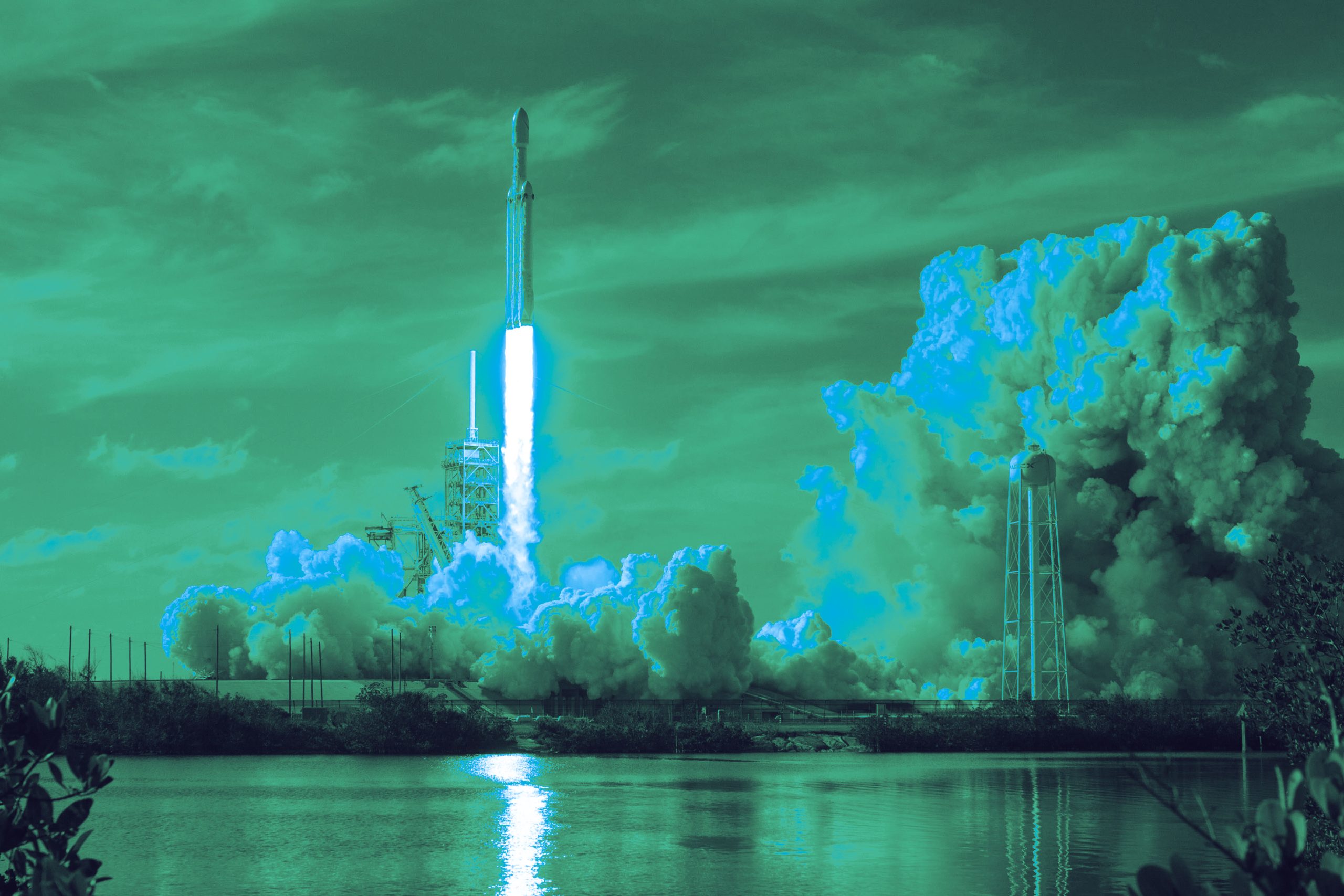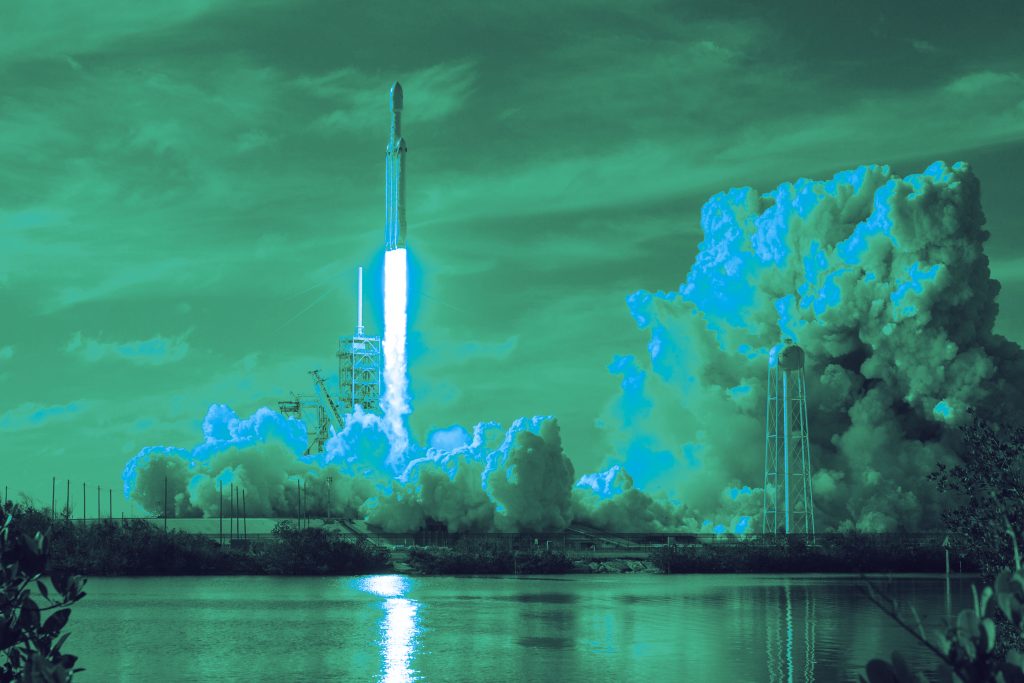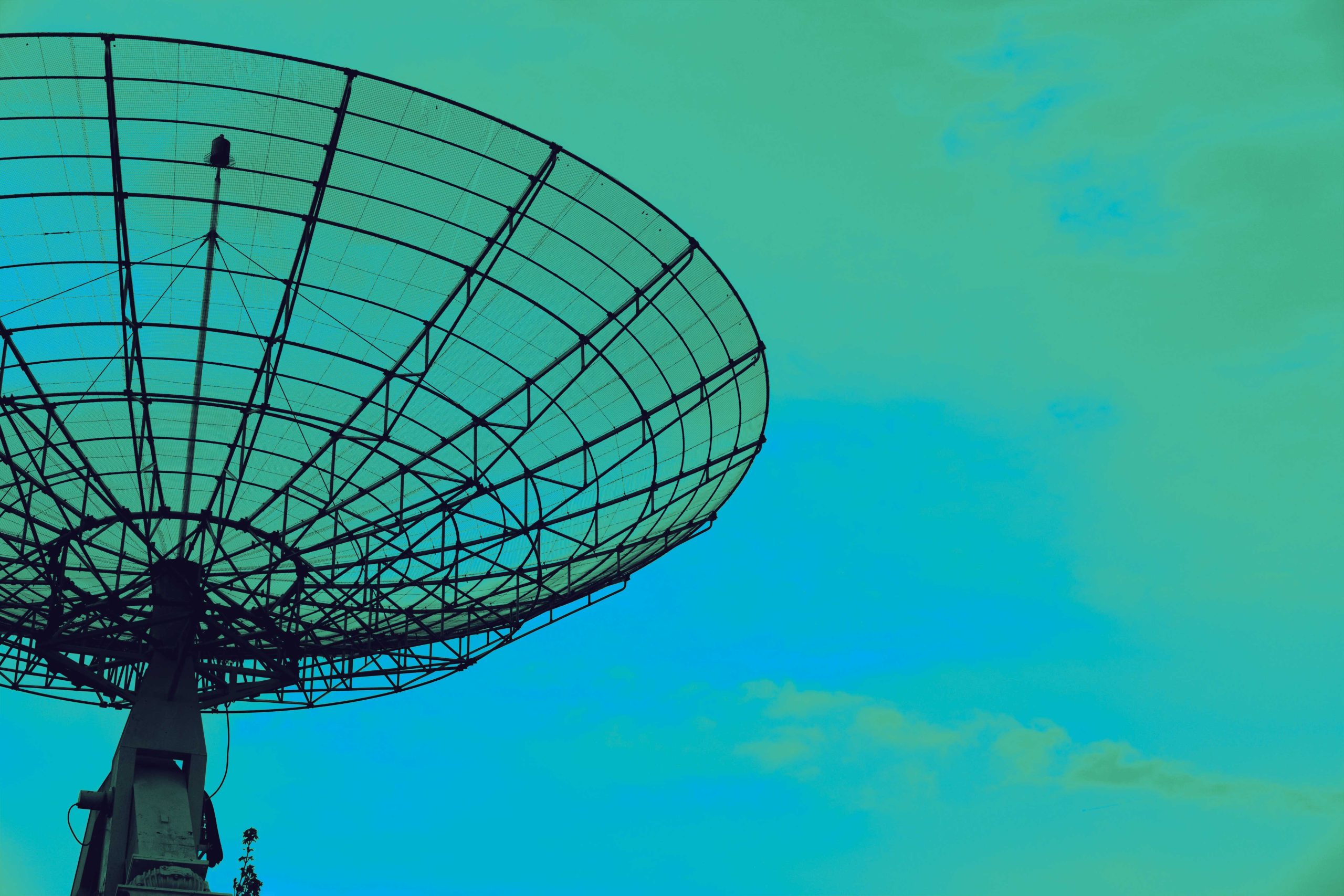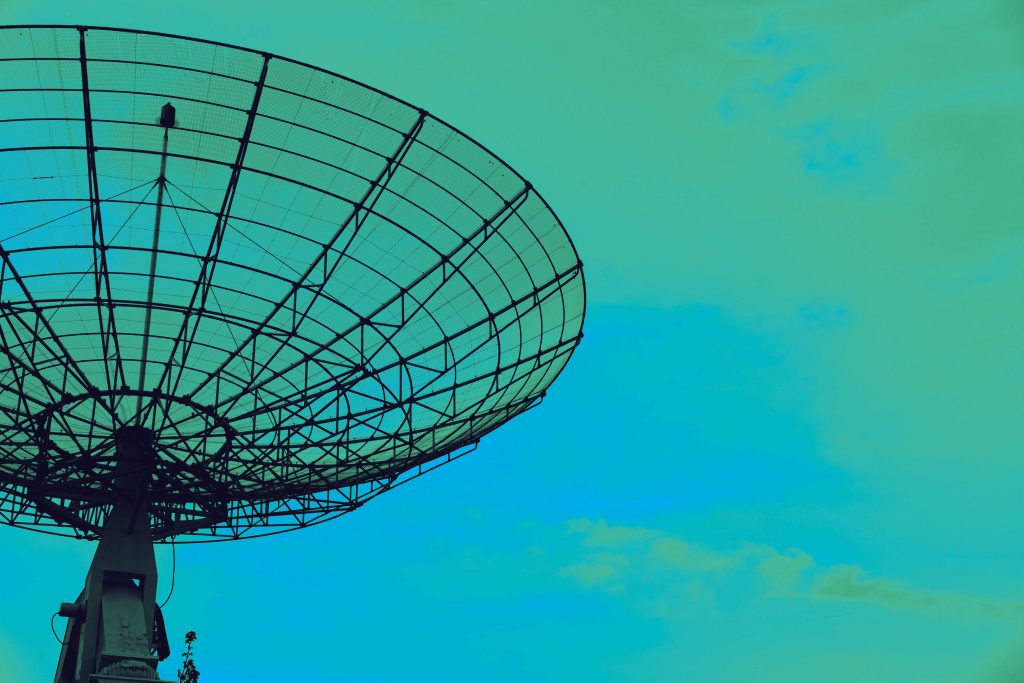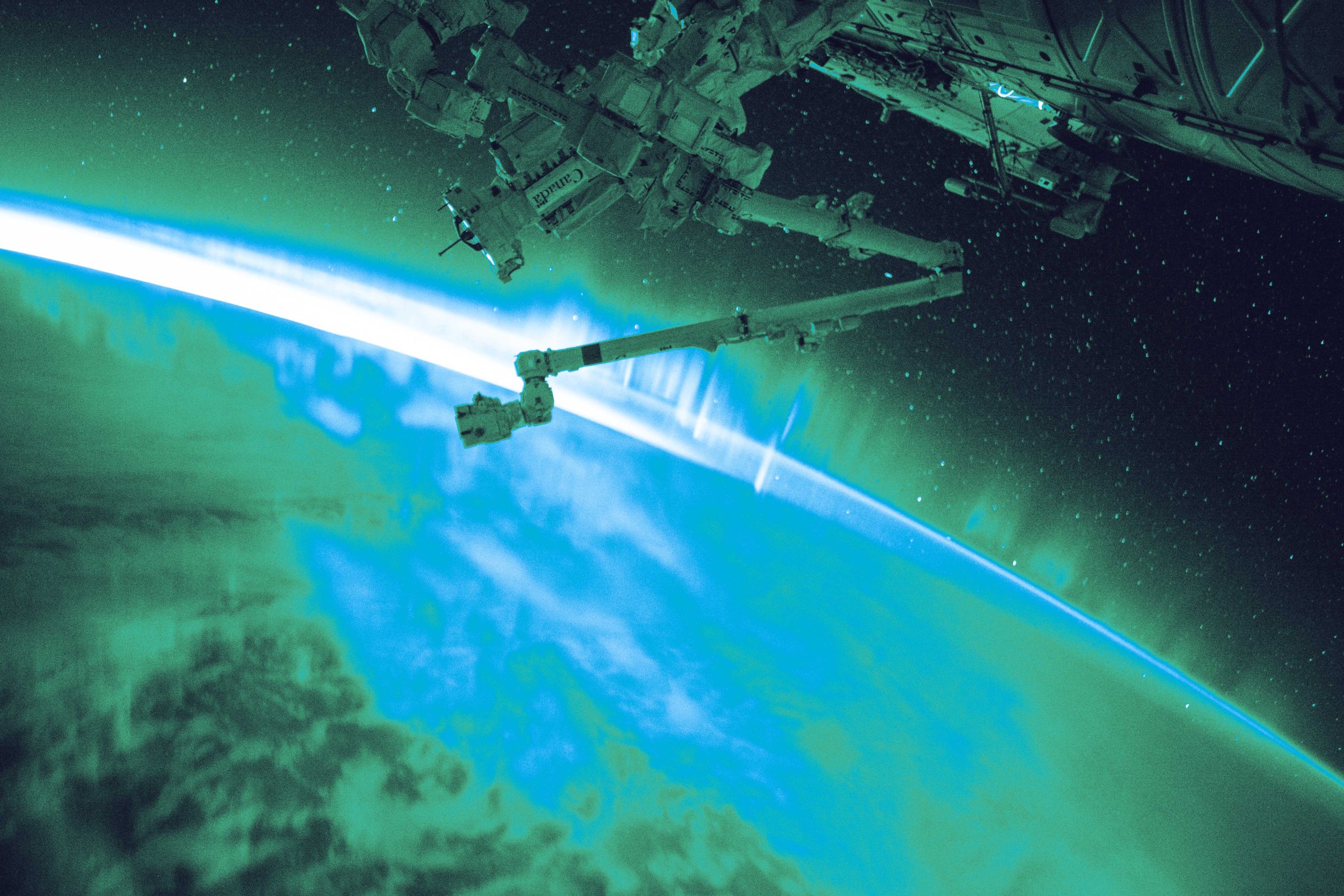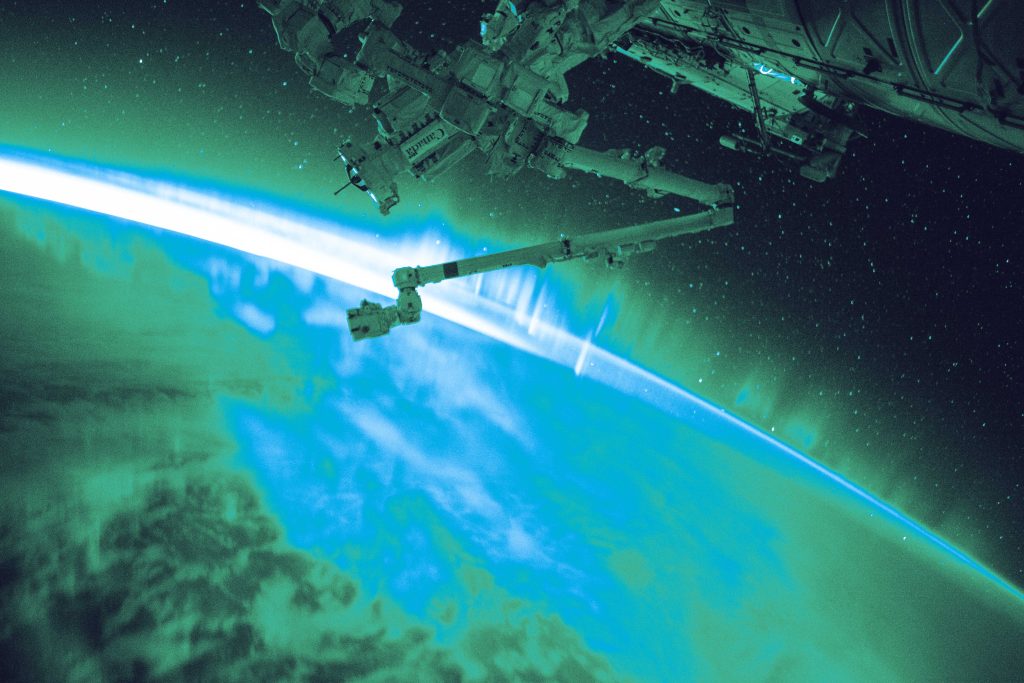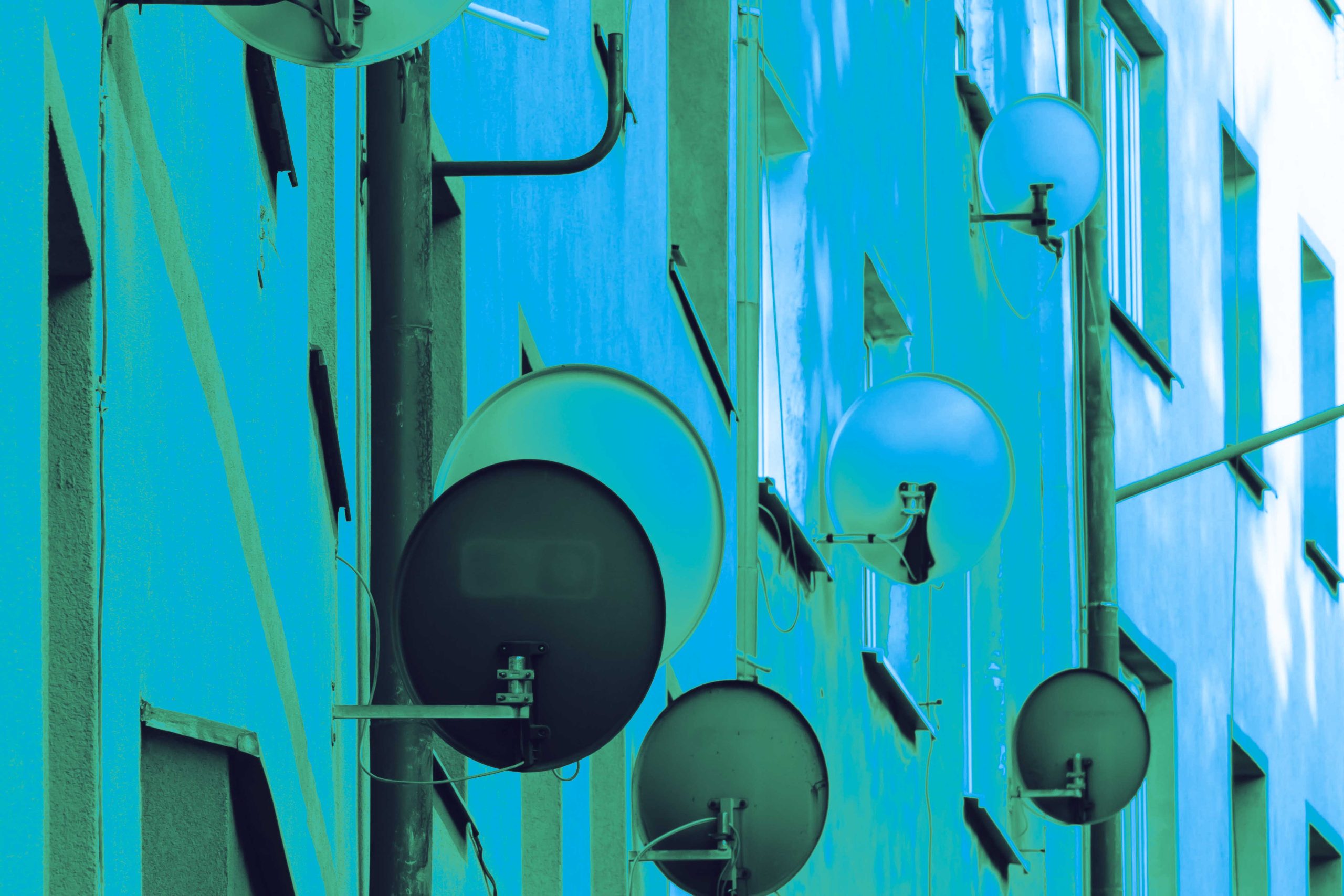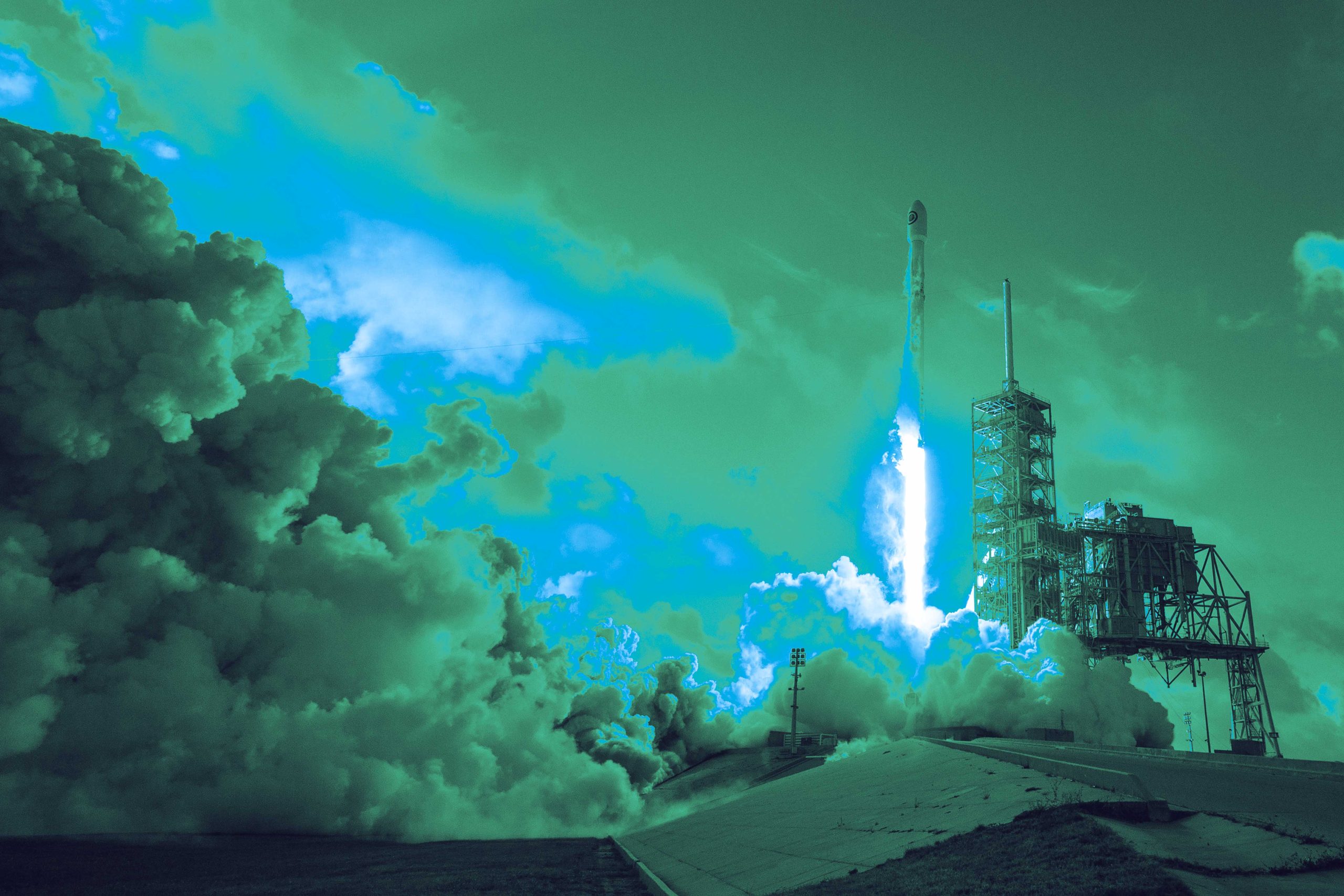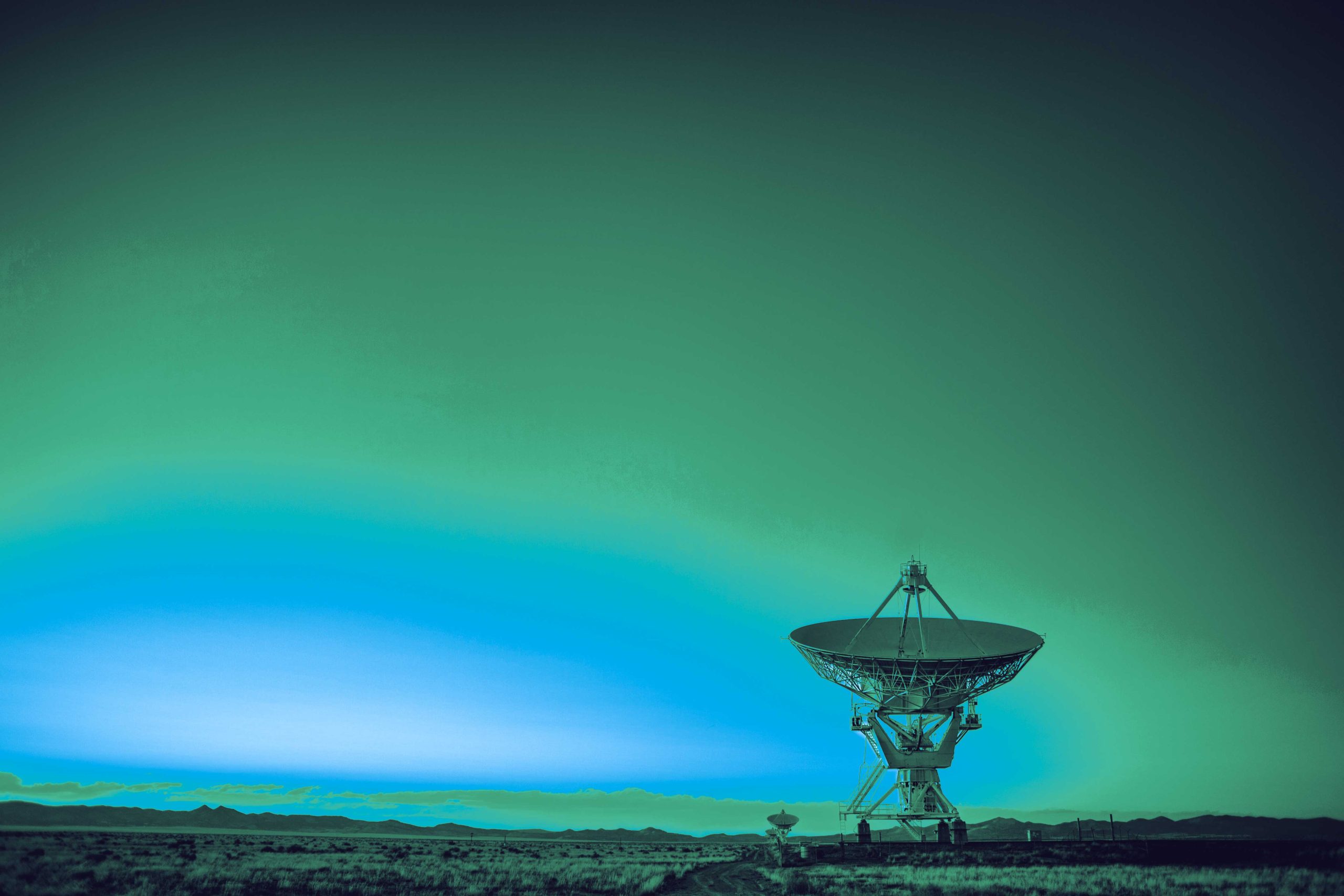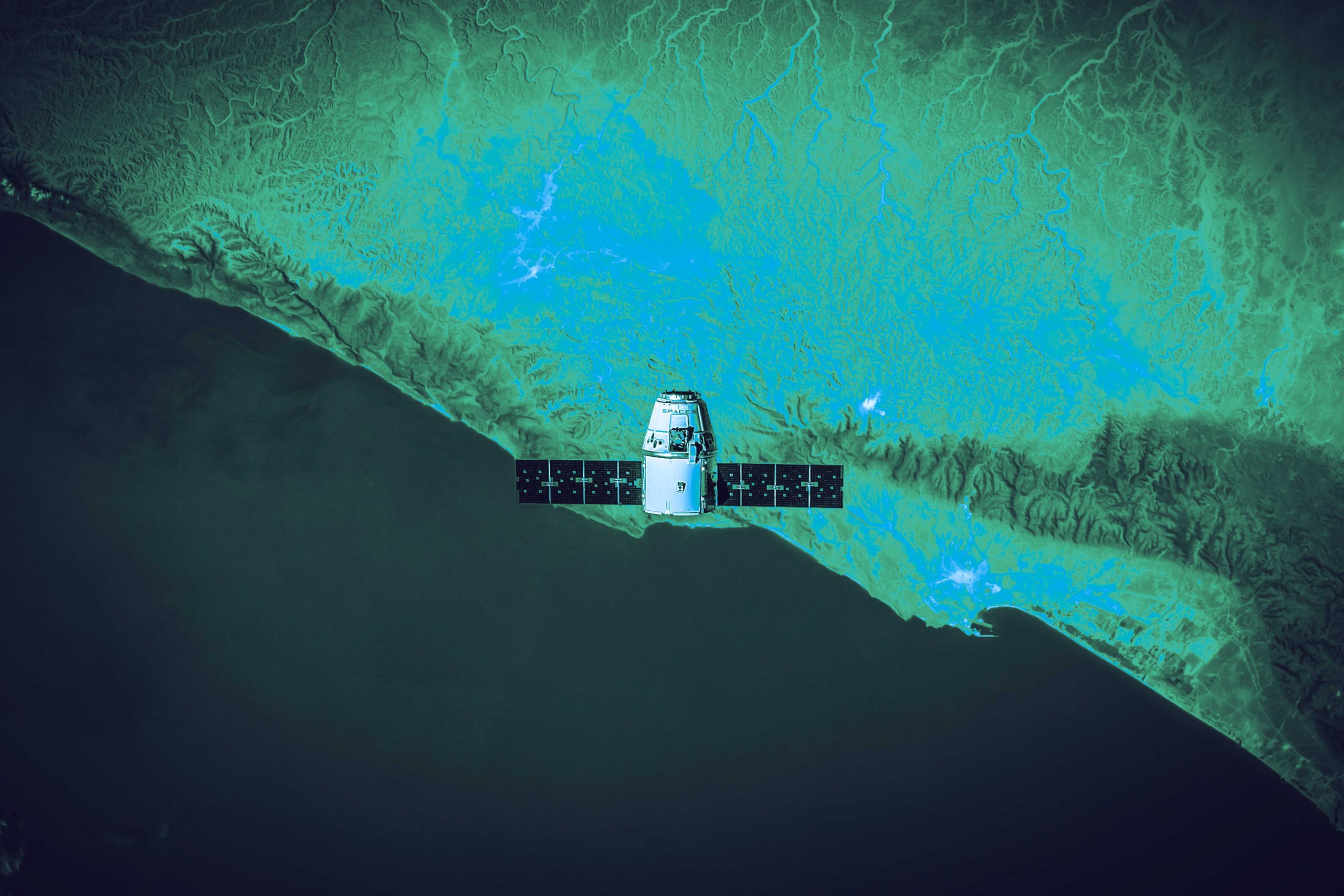The European space market has been growing over the past few years, leading to an increase in investments from a number of firms. On Episode 17 of The Satellite & NewSpace Matters Podcast we were joined by Árisz Kecskés, who is the Business Development Manager at Remred and Investment Manager at Herius Capital, the latter of which is one of the very few space-focused venture capital firms investing in startups in the European Space ecosystem. Árisz shared his insights into the European space market, including the opportunities he sees for other investors in the sector. Read on to learn more!
Where would you recommend investing in the European space market?
The valuation landscape in Western Europe is very different from how companies are valued in the Central Eastern European region. The trick is to find these ‘rough diamond’ companies and support them throughout their development stages. If you’re looking for early stage startups, there are a lot of good companies in the Central Eastern European region, whereas Western European countries are typically in further stages.
What you see on the market is a different approach to the industry itself. Something that we’ve noticed is that the Central Eastern European region was more research oriented, which is tied into the heritage of how the space industry has evolved in those countries. Their transition into the industrialised space was a bit more difficult, which is understandable. So it depends what you want to invest in, but there’s lots of great companies out there.

What future opportunities do you see for the space sector across Europe?
It depends on how risk averse someone is. I would say that a key opportunity lies in the Earth Observation market, which is seeing a lot of growth. There is still a lot of growth that can be seen in some upstream markets such as debris, and the inordinate servicing market is something that we’re very closely monitoring too. They do pose a lot of risks, but we see a lot of initiatives and enabling technologies that make that segment very interesting to look at. I’m not sure if investing in these technologies is something that we would do as an early stage investor, but it’s definitely something that I see a lot of growth opportunities in.
To learn more about Árisz’s work and other aspects of the European Space Market, tune into the full episode of The Satellite & NewSpace Matters Podcast here.
We sit down regularly with some of the biggest names in our industry, we dedicate our podcast to the stories of leaders in the technologies industries that bring us closer together. Follow the link here to see some of our latest episodes and don’t forget to subscribe.

